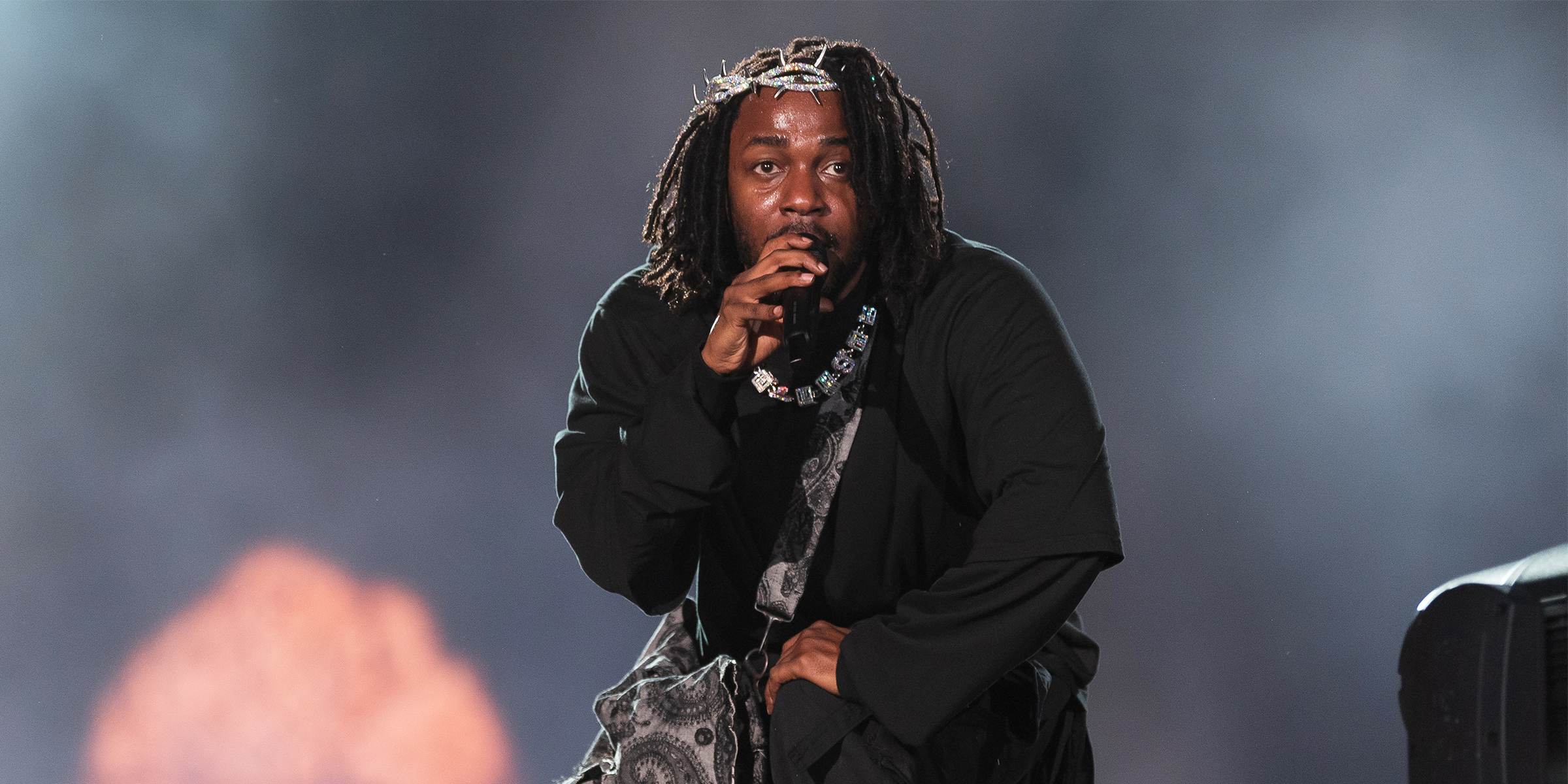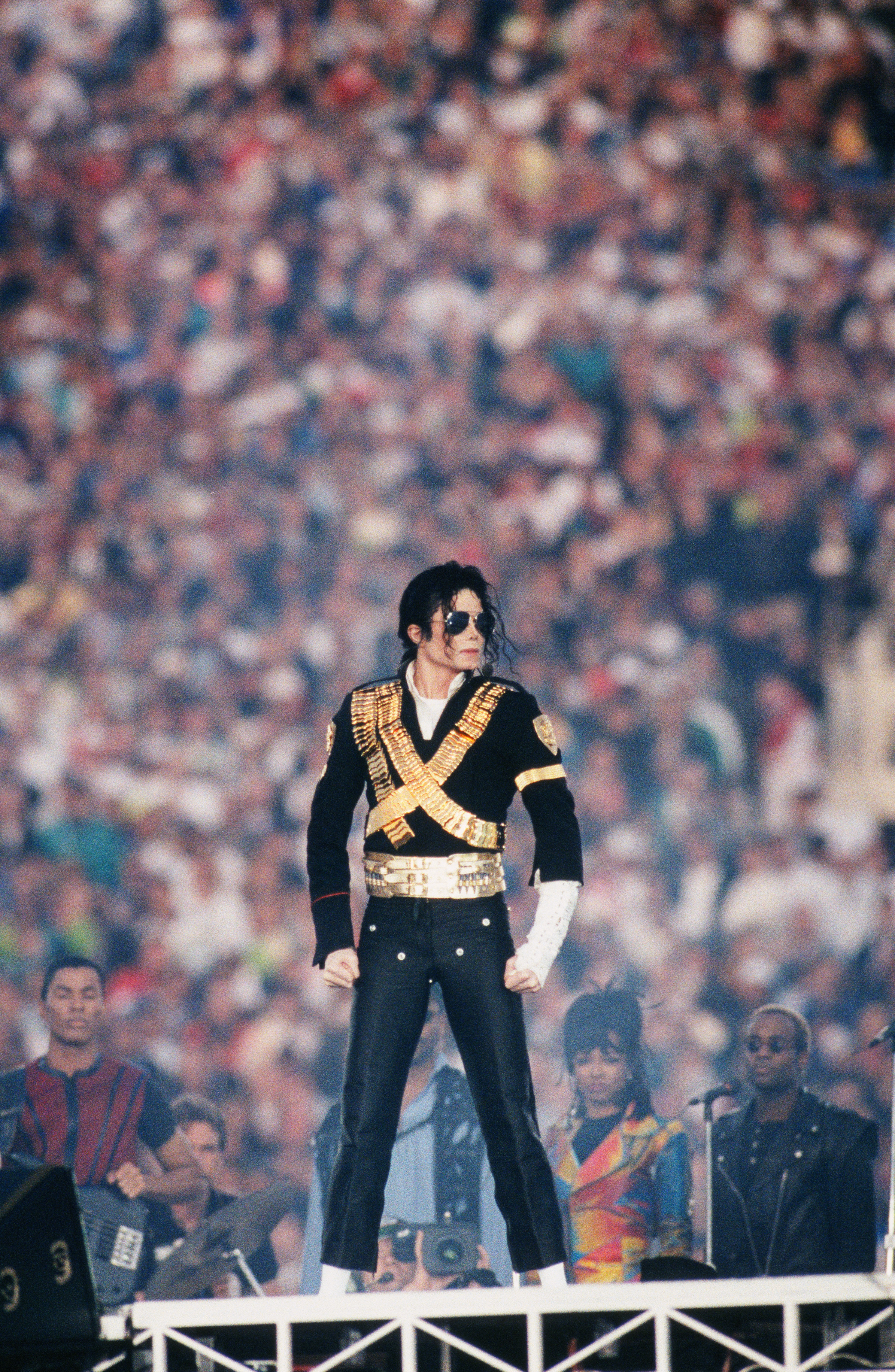
Artists Don't Get Paid for Performing at the Super Bowl Halftime Show – Here's Why
The Super Bowl halftime show is one of the most sought-after stages in entertainment, yet performers don't receive a paycheck. Instead, the opportunity comes with a major payoff that goes beyond money.
The Super Bowl halftime show, despite hosting some of the world's biggest stars and attracting massive audiences, does not pay its performers. However, there's a specific reason for it.
What began as a way to keep fans entertained during the Super Bowl's midgame break gradually evolved into a major spectacle.
The shift became undeniable in 1993 when Michael Jackson's performance attracted more viewers than the National Football League's championship game itself. That moment redefined the halftime show, turning it into a cultural event as anticipated as the championship.

Michael Jackson performs at the Superbowl XXVII halftime show on January 31, 1993, in Pasadena, California. | Source: Getty Images
That defining moment set the stage for the Super Bowl halftime show's evolution into a must-see event, with each year bringing another highly anticipated performance.
Super Bowl LIX, set for February 9, 2025, at Caesars Superdome, will continue that tradition. Kendrick Lamar was announced as the headliner in September 2024.
Apple Music, the official halftime show sponsor, recently confirmed that Grammy winner and longtime collaborator SZA will join him on stage.
With Lamar and SZA set for the halftime show, the night's performances will also highlight Louisiana talent. Jazz singer and multi-instrumentalist Jon Batiste will perform the national anthem ahead of kickoff.
The five-time Grammy Award winner's upcoming performance carries a sense of purpose, as he aims to create a lasting impression with his rendition of the national anthem.
"I'm excited to figure out an arrangement that lasts the test of time, and I look forward to sharing it," he said in a recent interview. When asked about any collaboration with Lamar, he kept details private but emphasized a central theme, "It's all about togetherness. That's the key."
Batiste's approach to the performance reflects a common concept among Super Bowl entertainers. Despite the scale of the event, halftime performers do not receive a paycheck. While it may seem like Lamar would earn a substantial sum for his set, he will not be paid for his performance.
"Artists recognize that the Super Bowl halftime show is a rare opportunity to make an ideological statement through their performance, including the songs they sing, what they wear, who joins them onstage, and the gestures they make," said entertainment attorney Lori Landew in an interview once.
She noted that while some may interpret the performance through a political or cultural lens, many artists see it simply as a chance to entertain a massive audience and showcase their talent to millions.
According to Landew, "The halftime show at the Super Bowl remains a highly coveted spot for many artists," she explained.
While some messages are more understated than others, each performance offers a glimpse into the creative choices artists make when given the chance to connect with millions.
With over 100 million viewers watching, the Super Bowl halftime show carries immense value—so much so that the NFL once explored whether artists would pay for the opportunity.
When Beyoncé performed in 2013 without compensation, sources revealed the production costs reached approximately $600,000. In recent years, estimates have soared as high as $10 million, though some question whether that figure is inflated.
Katy Perry was among the artists approached with the idea of paying to perform, but she declined, "I don't want an asterisk by my name for playing the Super Bowl for the rest of my life."
While she had no album to promote and her tour had already sold out, her performance elevated her career, doubling high-profile endorsement offers and solidifying her status among music’s elite.
Coldplay experienced a similar boost, joining the ranks of British icons such as the Rolling Stones, Paul McCartney, and The Who. Frontman Chris Martin described their participation as a source of inspiration, joking that everything he does is a "Bono move."
The exposure gained from performing at the Super Bowl halftime show often translates into a significant boost in an artist's music sales and streaming numbers. Following their 2020 performance, both Jennifer Lopez and Shakira experienced a surge in popularity on streaming platforms.
After their Super Bowl halftime show, Shakira's streams rose by 230 percent and Lopez's by 335 percent, with featured songs seeing the biggest spikes. Digital sales also jumped 893 percent, led by "Whenever, Wherever" and "On the Floor." Though unpaid beyond union scale, the exposure proved highly lucrative.
The financial benefits of a Super Bowl halftime show go far past streaming and sales, making it a strategic opportunity for artists. Marketing expert Sheri Lambert described it as a "marketing partnership rather than a performance," in an interview, explaining that the publicity and prestige outweigh a paycheck.
With over 100 million viewers watching live, artists gain global exposure, leading to increased streaming, ticket sales, brand deals, and even film placements. Rihanna's halftime performance, for example, seamlessly promoted Fenty Beauty when she reapplied makeup mid-show—a moment that went viral and boosted her brand’s visibility.
Despite its appeal, not every artist is eager to take the stage. Lambert pointed out that while the exposure is unmatched, the performance also comes with scrutiny. Some decline the opportunity, wary of the praise and criticism that can follow—just as Janet Jackson experienced after her controversial 2004 appearance.
The Super Bowl halftime show is one of the most influential platforms in entertainment, offering global exposure that far outweighs a paycheck. Beyond music, it serves as a powerful marketing tool, with viral moments like Rihanna's Fenty Beauty promotion demonstrating its commercial impact.
While the opportunity can elevate an artist’s career, it also comes with scrutiny, leading some to decline the invitation. Despite the risks, it remains a highly sought-after stage, shaping pop culture and reinforcing the power of live performance.
